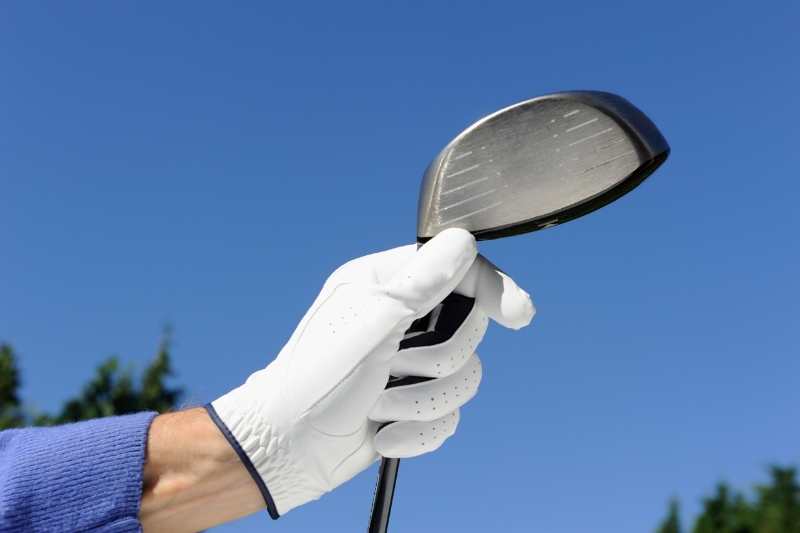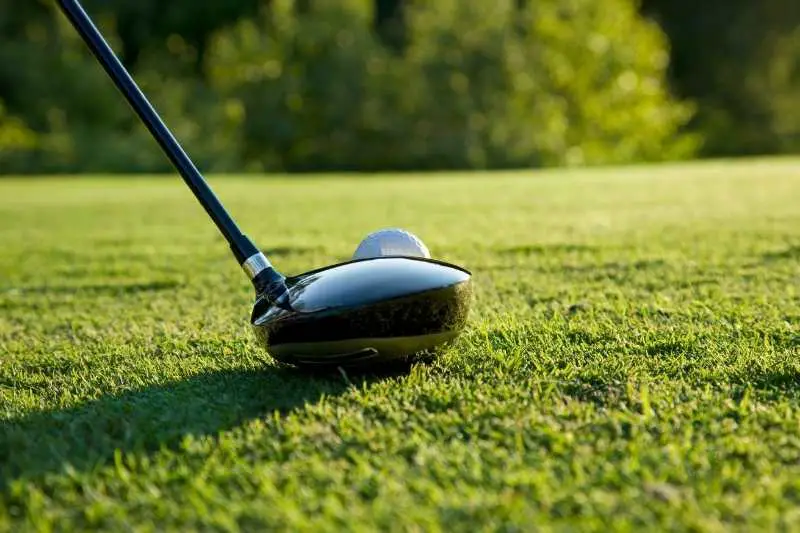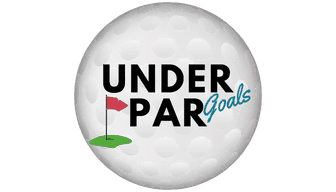MOI in golf stands for “moment of inertia” and is a measurement of how resistant a golf club is to twisting when not struck on the sweet spot.
MOI is measured in grams per centimeter squared, but you don’t really need to know that. What you do need to know is that the higher the MOI, the more resistant the club is to twisting and the less distance you would lose on an off-center strike.

How Do Club Manufacturers Change MOI
MOI in golf clubs can be increased by moving weight in the club away from the center of gravity.
This means taking away weight from the center of the club and adding it to the perimeter.
That’s why you see irons with most of the mass placed around the perimeter of the club and much of the middle of the back of the club hollowed out. These are commonly referred to as cavity backs.
In drivers and other woods, this is really only visible if you cut open the head of the club, which I don’t recommend on that brand new $500 driver!
MOI In Drivers
The driver is probably the club where MOI is most important and, not surprisingly, the club where most manufacturers talk about it in their marketing.
Because the driver is meant to be swing with the highest swing speed and the goal is to hit the ball as far as you can, a high MOI is more important in this club than any other.
To start with, the driver has the largest face of any club in your bag, so there are a lot more places to miss the sweet spot. Combine that with a longer shaft and an aggressive swing and the result is that the driver has the biggest face impact dispersion of any club in your bag.
The size of the driver also allows manufacturers the most amount of space to experiment with different techniques to maximize MOI.
Some companies work on making changes to the face to ensure that the rebound effect of the parts of the face away from the sweet spot is as close to that of the sweet spot as possible.
Callaway has been using their “AI” technology and jailbreak face tech to try and accomplish this while TaylorMade has tried going the route of a carbon fiber face to minimize face weight and redistribute that weight around the perimeter.

MOI In Putters
Putters are probably the second most important club to have a high MOI.
Hitting a put just 1-2 degrees offline can mean the difference between making the putt and missing it. Add to that the relatively open rules on putter design and you have all kinds of crazy putters trying to maximize MOI.
A high MOI putter uses the same perimeter weighting approach to ensure the ball rolls straight even on off-center hits.
If you find yourself missing the center of the putter face then looking for one of these kinds of putters could save you a stroke or two on the greens.
Low MOI Isn’t About “Working The Ball”
I’ve seen some large publications talk about how pros prefer clubs (especially irons) with a lower MOI because it makes it easier to draw and fade the ball.
This isn’t quite right.
Sure, a ball will draw and fade more on an off-center hit with a lower MOI club, but do you think PGA Tour pros are hitting fades and draws by missing the sweet spot of the club?
No…not on purpose at least.
When a highly skilled golfer wants to curve the ball they use a combination of club path and face angle…while trying their best to hit the ball exactly on the sweet spot. Missing the sweet spot means a loss of distance (and more importantly for pros…inconsistent distances).
The real reason you see lower MOI irons being used by highly skilled golfers is more about trajectory control when it comes to height. Pros can curve a game improvement iron almost as easily as a blade.
Those chunky high MOI irons also tend to have more weight in the sole of the club giving it a lower center of gravity and launching the ball higher. For good golfers with high swing speeds, this means a ball that goes way too high with inconsistent results.
So pro golfers want clubs that allow them to control the ball better. The fact that these clubs also have a low MOI is more of a byproduct than a sought-after feature. In fact, you may be surprised that most pros, even on the PGA tour, are not choosing blades over cavity back irons.

What Is The USGA Limit For MOI?
The USGA and R&A have set the MOI limit at 5900 g/cm² for golf clubs.
It can be difficult, however, to find any published information on the exact MOI of a golf club. Club companies don’t necessarily want these numbers published because golfers like you might realize that your 2-3 year old driver isn’t actually much different from the new $600 model.
